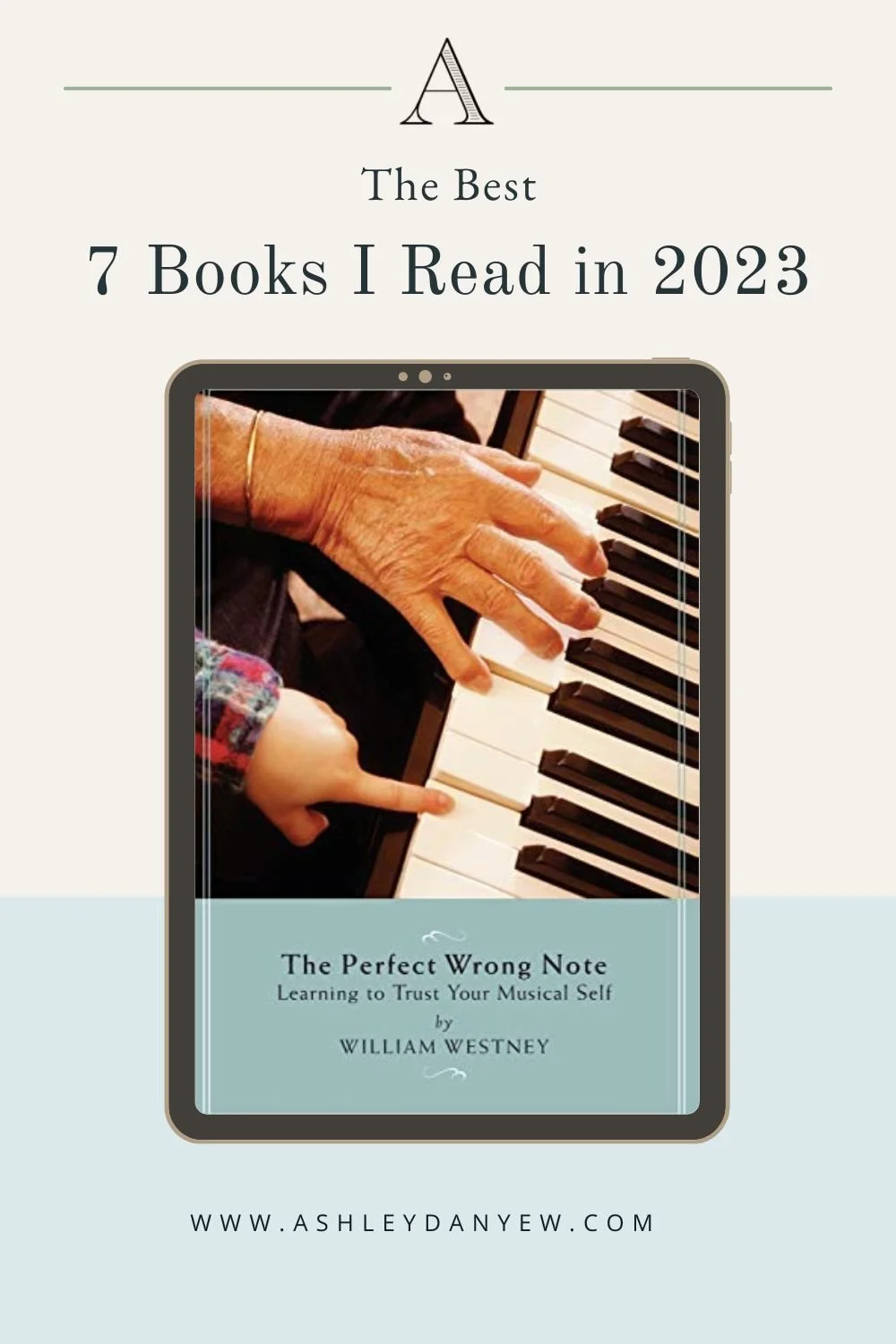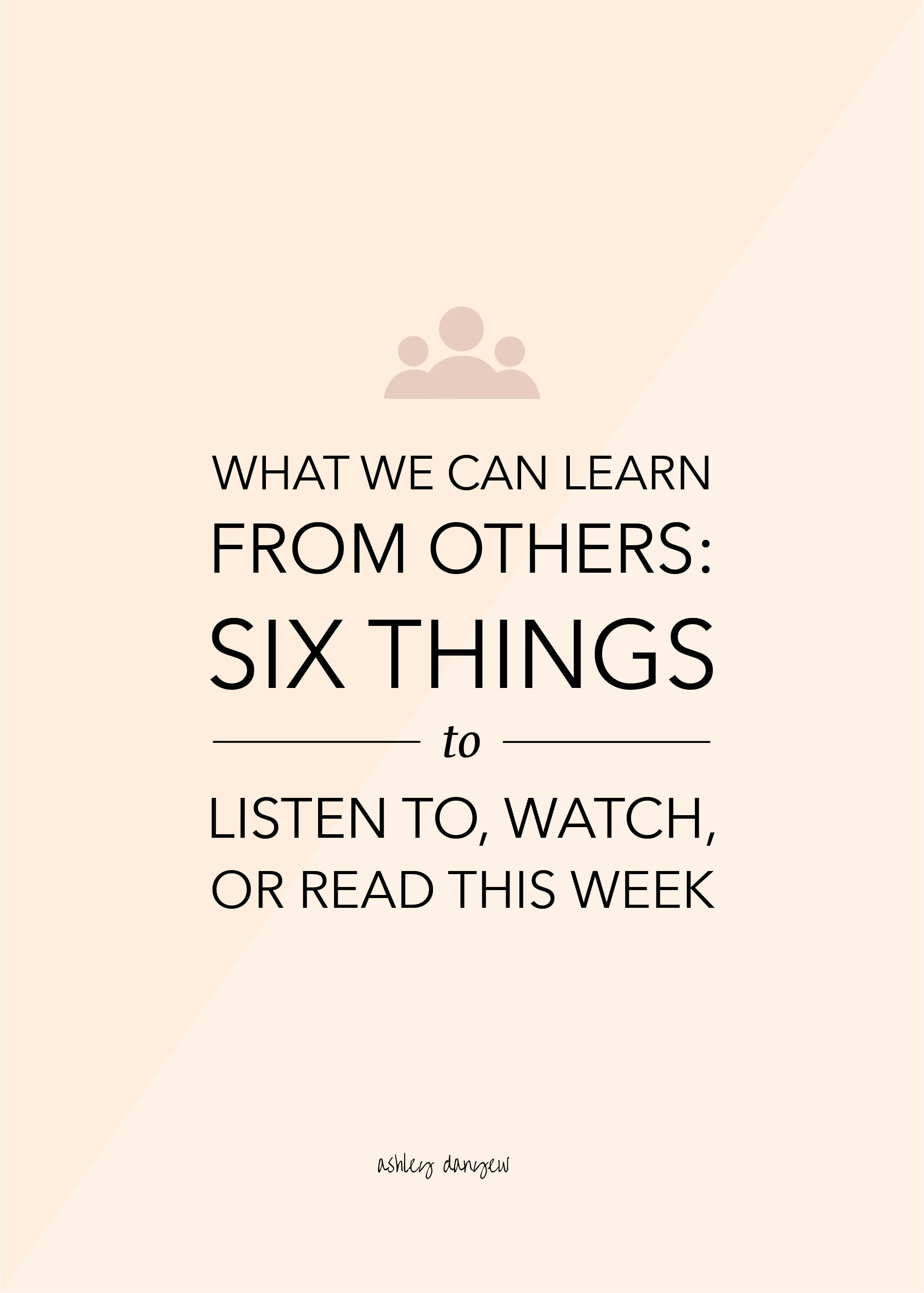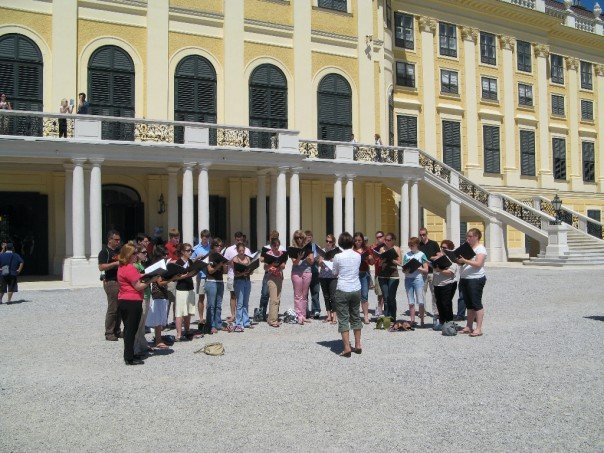This weekend, the Sanctuary Choir performed a concert of their favorite anthems from the 2010-2011 church year. We chose a Sunday afternoon at 4 p.m., dressed in black and white, put together a program, and planned a reception of sweet treats. How did we choose the music? We took a vote! Here are the choir's collective "top 10" anthems (in program order):
1. And the Father Will Dance (Mark Hayes)
2. Blest Are They (David Haas)
3. Come to the Water (arr. Lynda Hasseler)
4. For the Beauty of the Earth (John Rutter)
5. Lo, How A Rose E'er Blooming (Michael Praetorius)
6. An Hour of Hallowed Peace (Steve Danyew)
7. Brother James' Air (arr. Gordon Jacob)
8. Speaking Love (Steve Danyew)
9. Prayer for Peace (Mary Lynn Lightfoot)
10. Go Light Your World (Chris Rice)
We had a great turnout (about 80) and it was a wonderful experience for all involved! And there were cupcakes!
We talk often about the text in our rehearsals and preparation of music. It is our way of communicating the message of each anthem to those listening. As such, we thought it important that those attending this concert have at least a few representative lines for each piece. Here are the program notes we included in each program:
And the Father Will Dance is a jubilant anthem based on Zephaniah 3:17: “The LORD thy God in the midst of thee is mighty; he will save, he will rejoice over thee with joy; he will rest in his love, he will joy over thee with singing.”
Blest Are They is a beautiful portrayal of the Beatitudes from Matthew 5:3-12. The alternating verse/chorus structure of this piece brings back recurring text of hope and assurance.
Come to the Water is a powerful, moving anthem; one which reminds us of God’s beckoning call – “Come.”
For the Beauty of the Earth is the first in our set of anthems with old texts. Written by Folliott Pierpont in 1864, the text of this traditional hymn of thanksgiving reads as follows:
For the beauty of the earth, for the beauty of the skies,
For the love, which from our birth over and around us lies,
Lord of all, to thee we raise this, our joyful hymn of praise.
Lo, How a Rose E’er Blooming is the oldest anthem on our program today. With the tune dating back to the Renaissance period (16th century – harmonized by Praetorius in 1609) and original German text from the 15th century (Anonymous), this hymn is traditionally sung during the season of Advent.
Lo, how a rose e’er blooming, from tender stem hath sprung!
Of Jesse’s lineage coming, as men of old have sung.
It came, a flow’ret bright,
Amid the cold of winter, when half-spent was the night.
An Hour of Hallowed Peace is a new composition by Steve Danyew composed for the Sanctuary Choir in April 2011. The text by William Tappan was discovered in an old hymnal purchased at last year’s Westminster Historical Society Sale:
There is an hour of hallowed peace
For those with cares oppressed
When sighs and sorrowing shall cease,
And all be hushed to rest:
‘Tis then the soul is freed from fears
And doubts, which here annoy;
Then they, who oft have sown in tears,
Shall reap again in joy.
Brother James’ Air was first published in 1915 by the Scottish composer, James Leith Macbeth Bain (known as Brother James). Gordon Jacob set the text of Psalm 23 to the tune in 1934:
Speaking Love is a new composition by Steve Danyew composed for the Sanctuary Choir in December 2010. Though written for the Christmas season, the message is one to live by all through the year:
Giving joy, sharing hope,
Cheering spirits, sing noel,
Being comfort strong enough,
Peace on earth, speaking love.
Prayer for Peace is a beautiful, lyrical anthem – a reflection on our desire for peace in our hearts and across the nations.
Go Light Your World is an upbeat, contemporary piece – a call to reach out to the lonely, the lost, and those in need; to light a candle, to share the light of Christ.

































 Thinking of you this weekend, darling. Good luck with your world premiere of
Thinking of you this weekend, darling. Good luck with your world premiere of  Recently, I had the opportunity to attend a choral workshop in western Massachusetts with Alice Parker. The soft-spoken, grey-haired woman dressed in bright colors had the room of 15 attendees mesmerized for two 3-hour sessions. You’d never know she was in her mid-eighties. In addition to reflecting on her experiences (her time at Juilliard and the opportunity to work with the great Robert Shaw), Alice spoke of the qualities that make music powerful and captivating.
Recently, I had the opportunity to attend a choral workshop in western Massachusetts with Alice Parker. The soft-spoken, grey-haired woman dressed in bright colors had the room of 15 attendees mesmerized for two 3-hour sessions. You’d never know she was in her mid-eighties. In addition to reflecting on her experiences (her time at Juilliard and the opportunity to work with the great Robert Shaw), Alice spoke of the qualities that make music powerful and captivating.




